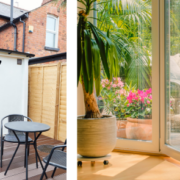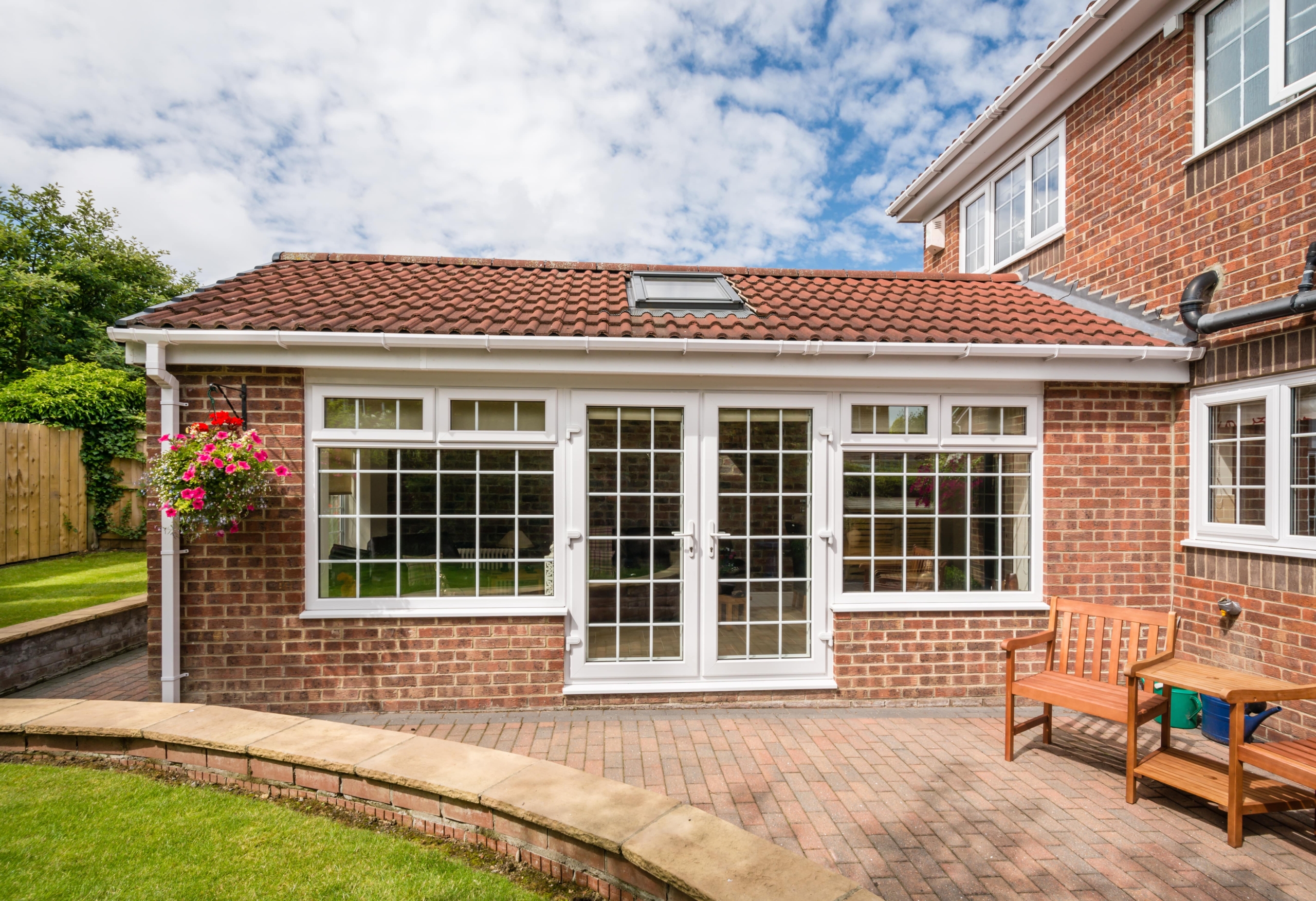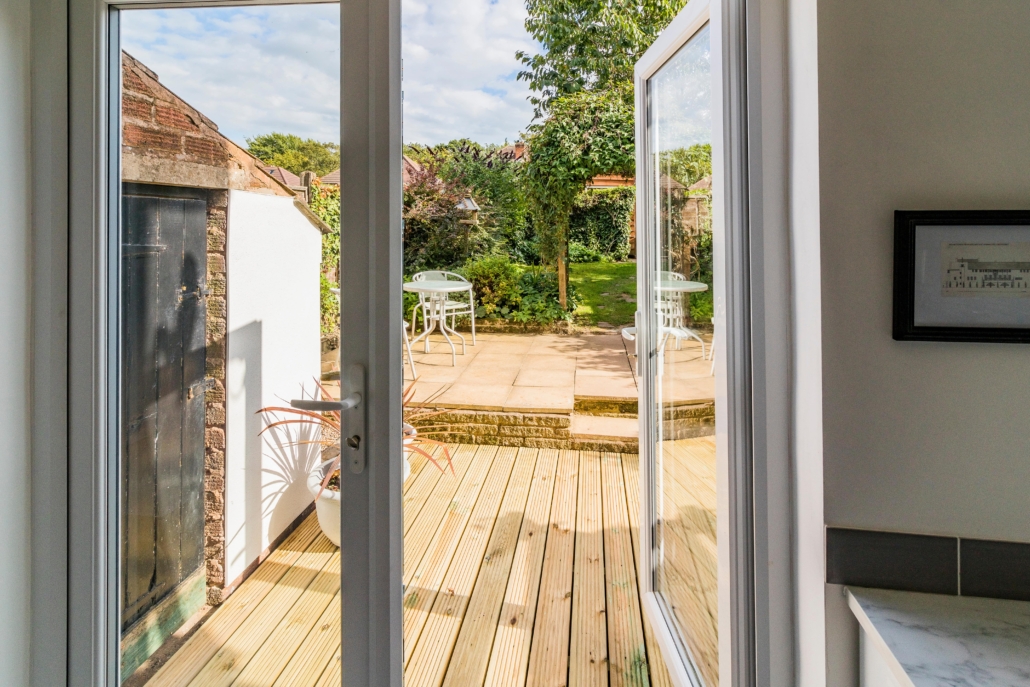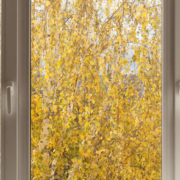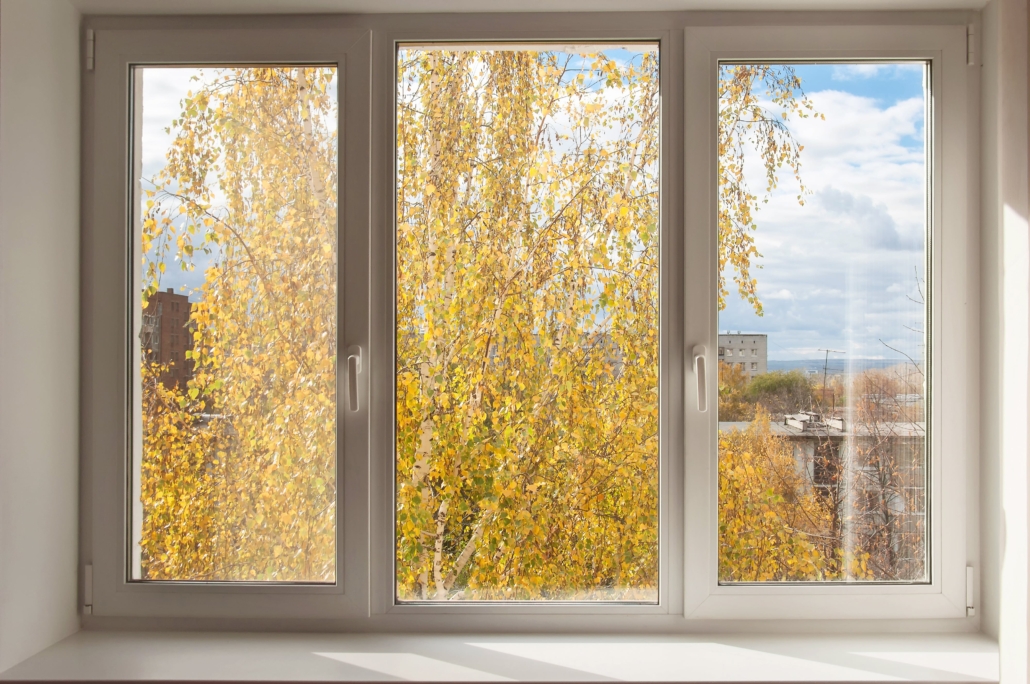How to Prevent Condensation in Conservatory: Easy and Effective Tips
Condensation in your conservatory can turn that bright, relaxing space into a cold, clammy area. If you want to know how to stop condensation in a conservatory or remove condensation inside windows, this guide is your go-to resource. Read on for smart, simple, and practical steps you can take today.
Why Does Condensation Happen in Conservatories?
Condensation appears when warm, humid air meets a cold surface such as glass or an uninsulated roof. Conservatories are especially prone because they often have large glass areas, poor insulation, and a tendency to trap humid air.
Everyday moisture comes from cooking, drying clothes indoors, guests breathing, and even plants giving off humidity. Without proper airflow, this moisture settles on the surfaces and can quickly develop into damp or mould.
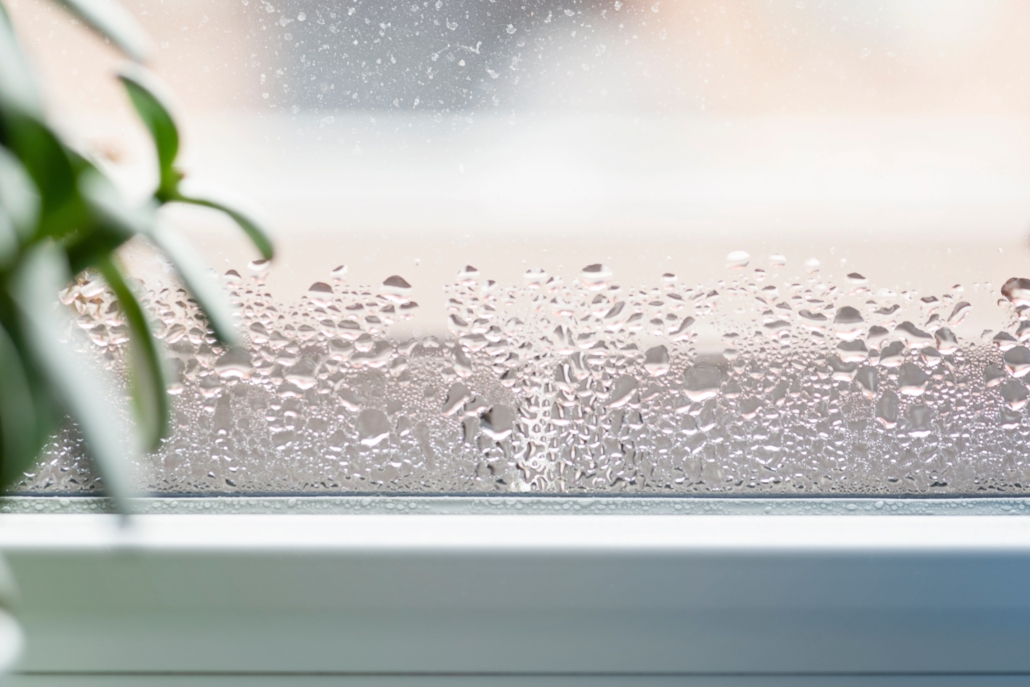
How to Prevent Condensation in a Conservatory
1. Ventilate Regularly
Opening windows and doors often is one of the best ways to reduce condensation. Just a short burst of fresh air each day can make a big difference.
Adding trickle vents or roof vents is even better. These allow a steady flow of fresh air without feeling drafty. If your conservatory connects to a kitchen or bathroom, using an extractor fan can remove excess moisture before it settles on cold surfaces.
2. Control Humidity
Lower humidity and lower condensation. A dehumidifier is a powerful ally in this fight. It sucks moisture from the air, helping to keep the atmosphere dry and less prone to fogging up.
For a lower-cost alternative, try moisture absorbers like silica gel or salt-based products placed on window sills. These work quietly and efficiently for weeks.
Another humidity source is drying clothes indoors. This can add up to two litres of moisture per load. Whenever possible, dry clothes outdoors or in a well-ventilated area.
3. Choose the Right Plants
Plants can be charming, but they also release moisture. To avoid adding to the problem, choose species that absorb moisture, such as spider plants, peace lilies, spider-like ferns, succulents, or cacti. If you love greenery in the space, rotate your plants seasonally or use fewer in colder months.
4. Insulate and Upgrade Glazing
Cold surfaces attract condensation. Upgrading to double or triple glazing keeps glass surfaces warmer and reduces the chance of moisture forming.
Thermal blinds or curtains are another great fix, adding an insulating layer between warm air and cold glass. For major issues, consider upgrading your roof from polycarbonate or single-pane glass to properly insulated solid panels. This change alone can drastically reduce moisture accumulation.
5. Keep the Temperature Steady
A consistently mild temperature helps prevent moisture from settling onto cold surfaces. Using a low-energy heater or underfloor heating makes the space more comfortable and less prone to condensation. Avoid turning the heating on and off suddenly, which can make temperature changes worse.
6. Simple Daily Maintenance
Wipe down windows and frames each morning to clear breath-induced moisture before it becomes mold. It’s a quick fix that supports long-term maintenance.
Also, keep gutters clean and ensure drainage systems are clear. Blocked gutters can cause water to seep inside, gradually increasing moisture levels.
The Takeaway
Condensation in a conservatory does not need to be a frustrating or recurring issue. By combining regular ventilation, humidity control, thoughtful insulation, consistent heating, and smart maintenance, you can transform the space into a dry, inviting area you’ll enjoy in every season.
Want to enjoy a warmer, more comfortable conservatory all year round? Check out our guide on how to make your conservatory warmer for even more practical tips and expert advice.


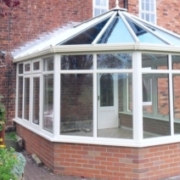

 What Is an Orangery?
What Is an Orangery? What Is a Conservatory?
What Is a Conservatory?
